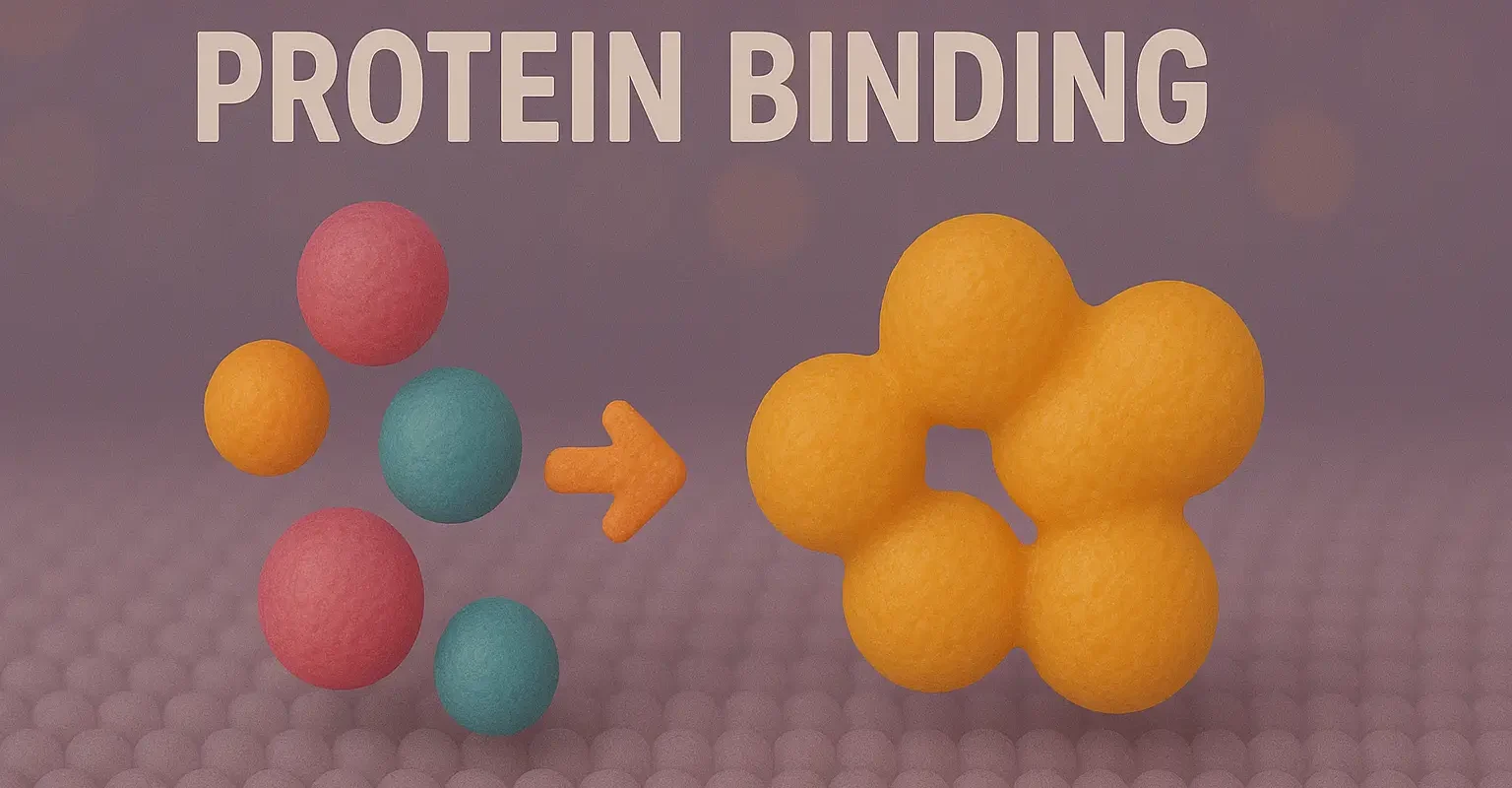- Protein binding refers to the reversible association of a molecule, typically a drug or other bioactive compound, with one or more proteins in the body. T
- he most common proteins involved in this process are plasma proteins, such as albumin, α1-acid glycoprotein, and lipoproteins.
- It is binding can significantly impact the pharmacokinetics and pharmacodynamics of a drug, influencing its distribution, metabolism, and elimination.
Types of Protein Binding
- Albumin binding
- α1-Acid glycoprotein binding
- Lipoprotein binding
Mechanism of Protein Binding
- Hydrophobic Interactions: Lipophilic drugs associate with hydrophobic regions in structures.
- Electrostatic Interactions: Oppositely charged groups on the drug and attract each other.
- Hydrogen Bonding: A hydrogen atom covalently bonded to an electronegative atom interacts with another electronegative atom in the protein.
- Van der Waals Forces: Weak attractive forces between molecules result from induced or instantaneous dipoles.
Binding Sites
- Specific Binding: Occurs at designated sites on the protein (e.g., hormone receptors).
- Non-Specific Binding: Involves multiple weak interactions across the protein surface.
Advertisements
Factors:
- Drug Concentration: High drug concentrations can saturate binding sites.
- Affinity: High-affinity drugs bind more tightly to proteins.
- Competition: Different drugs can compete for the same binding sites.
- Physiological Conditions: pH, temperature, and the presence of other molecules can influence binding.
Implications:
- Free vs. Bound Drug: Only the unbound (free) fraction is pharmacologically active.
- Distribution: Protein-bound drugs are typically confined to the vascular compartment.
- Elimination: Bound drugs are usually not readily filtered by the kidneys.
- Drug Interactions: Competition for binding sites can alter drug efficacy and toxicity.
Measurement:
- Equilibrium Dialysis: Separates free and bound drug across a dialysis membrane.
- Ultrafiltration: Uses centrifugal force to separate free drug from bound drug.
- Chromatographic Methods: HPLC can quantify free and bound drug fractions.

